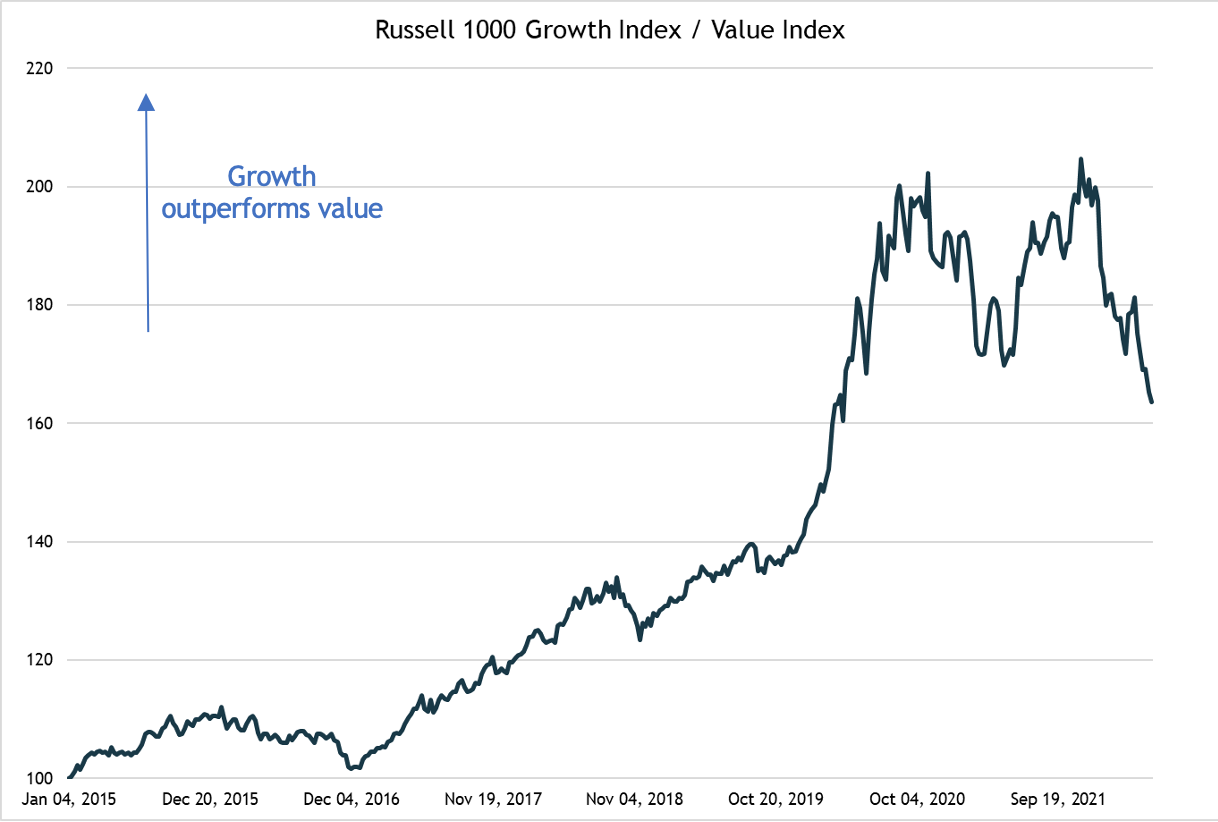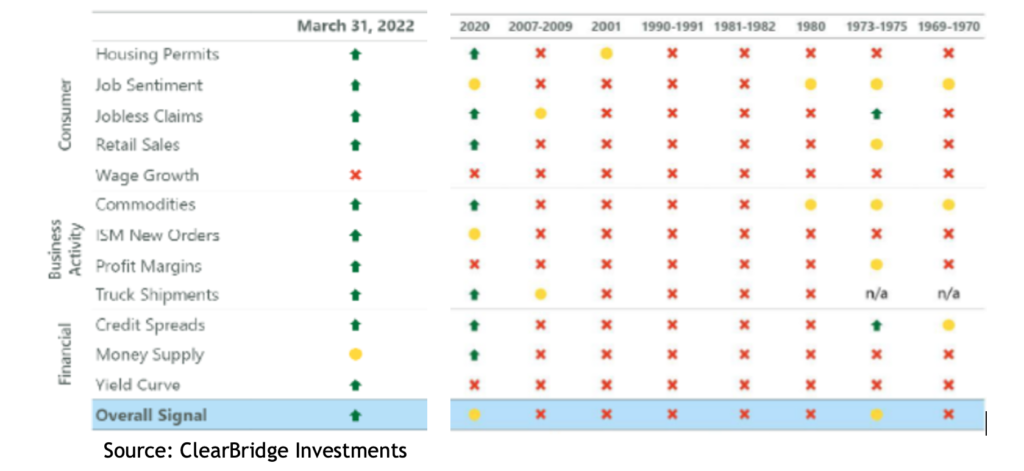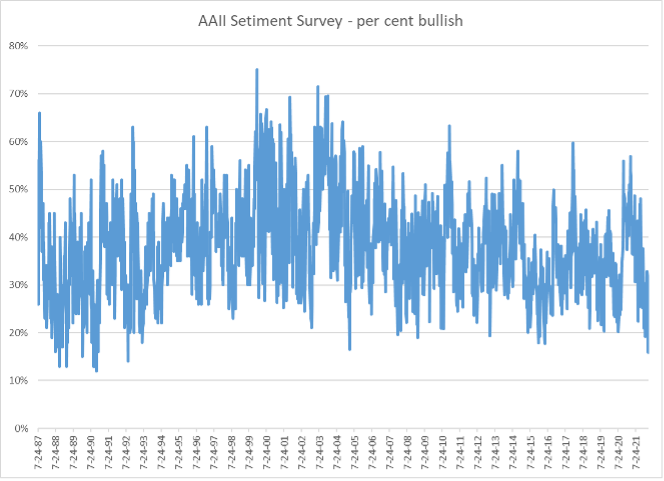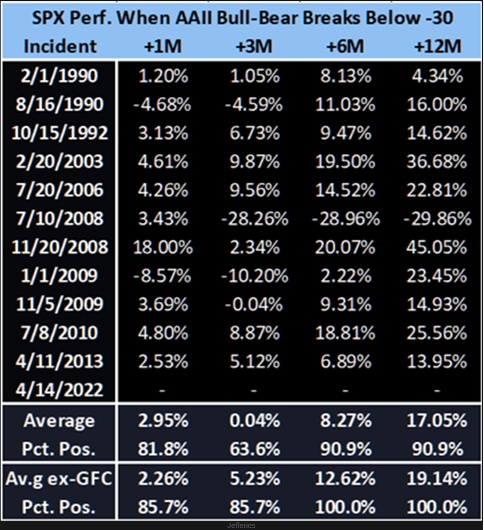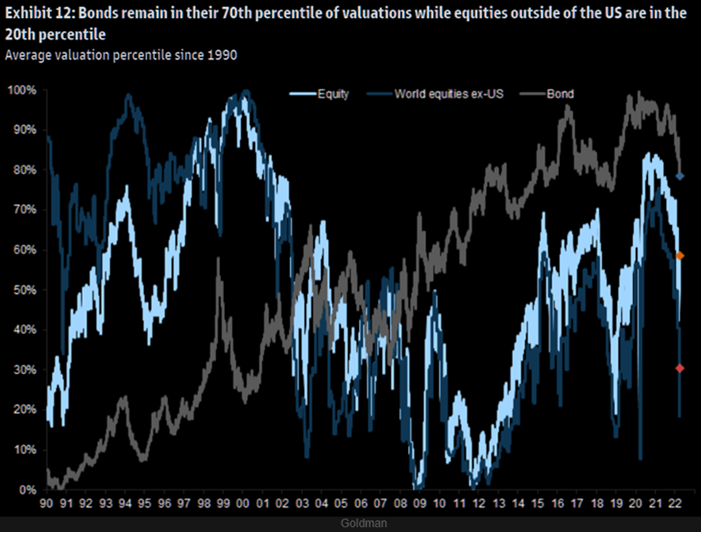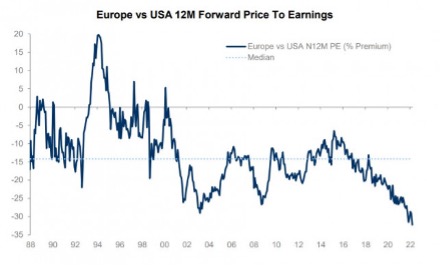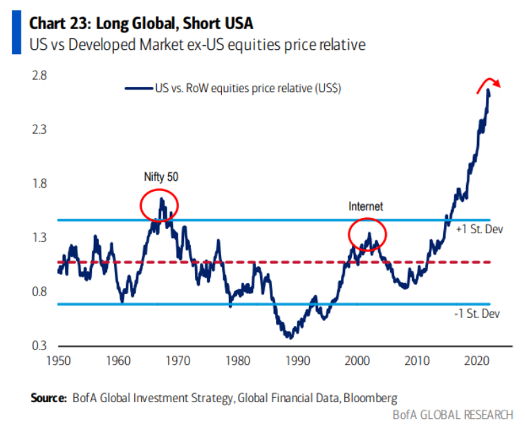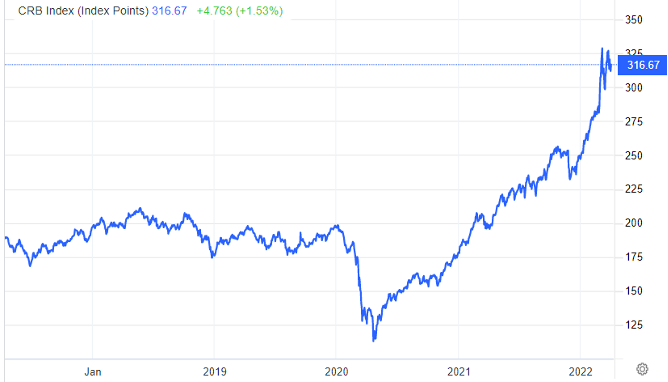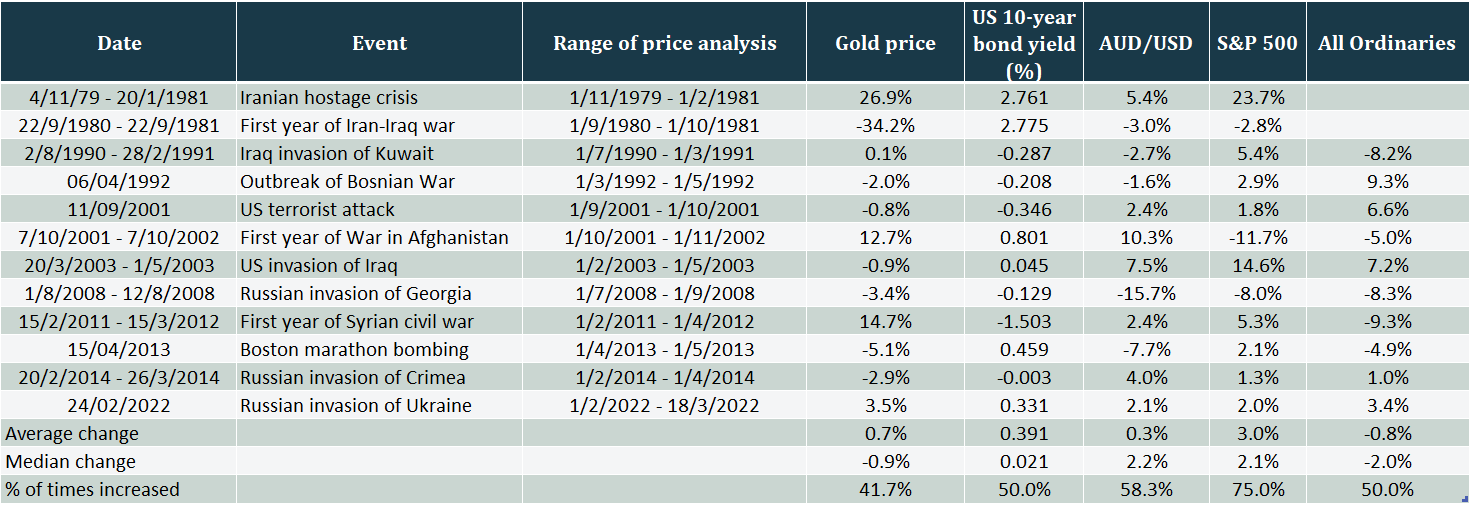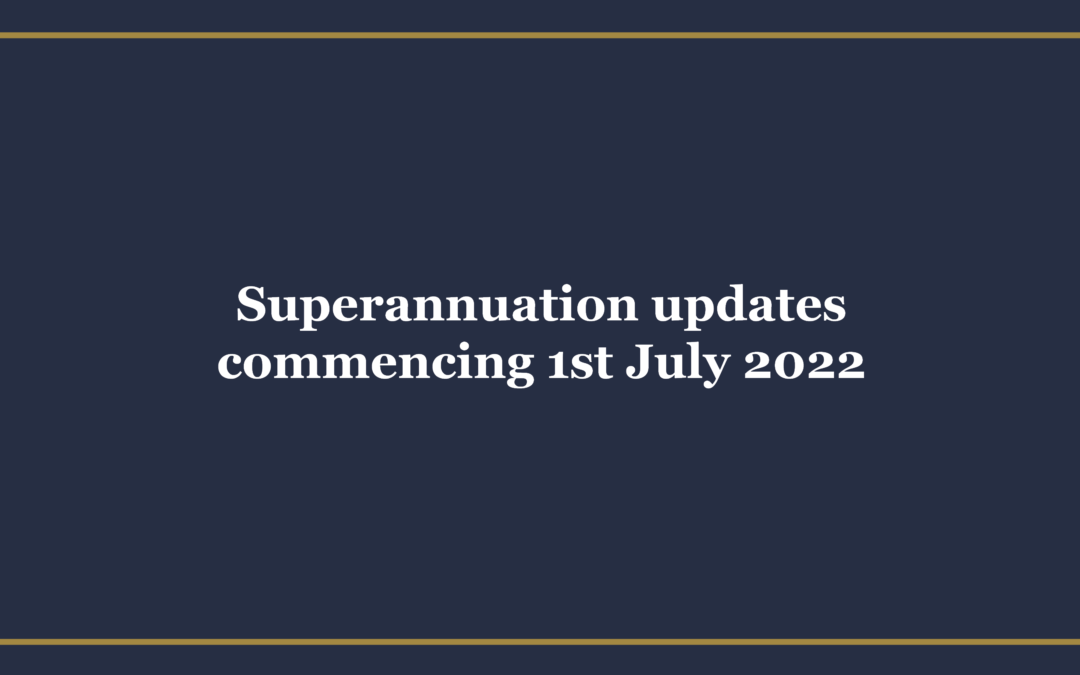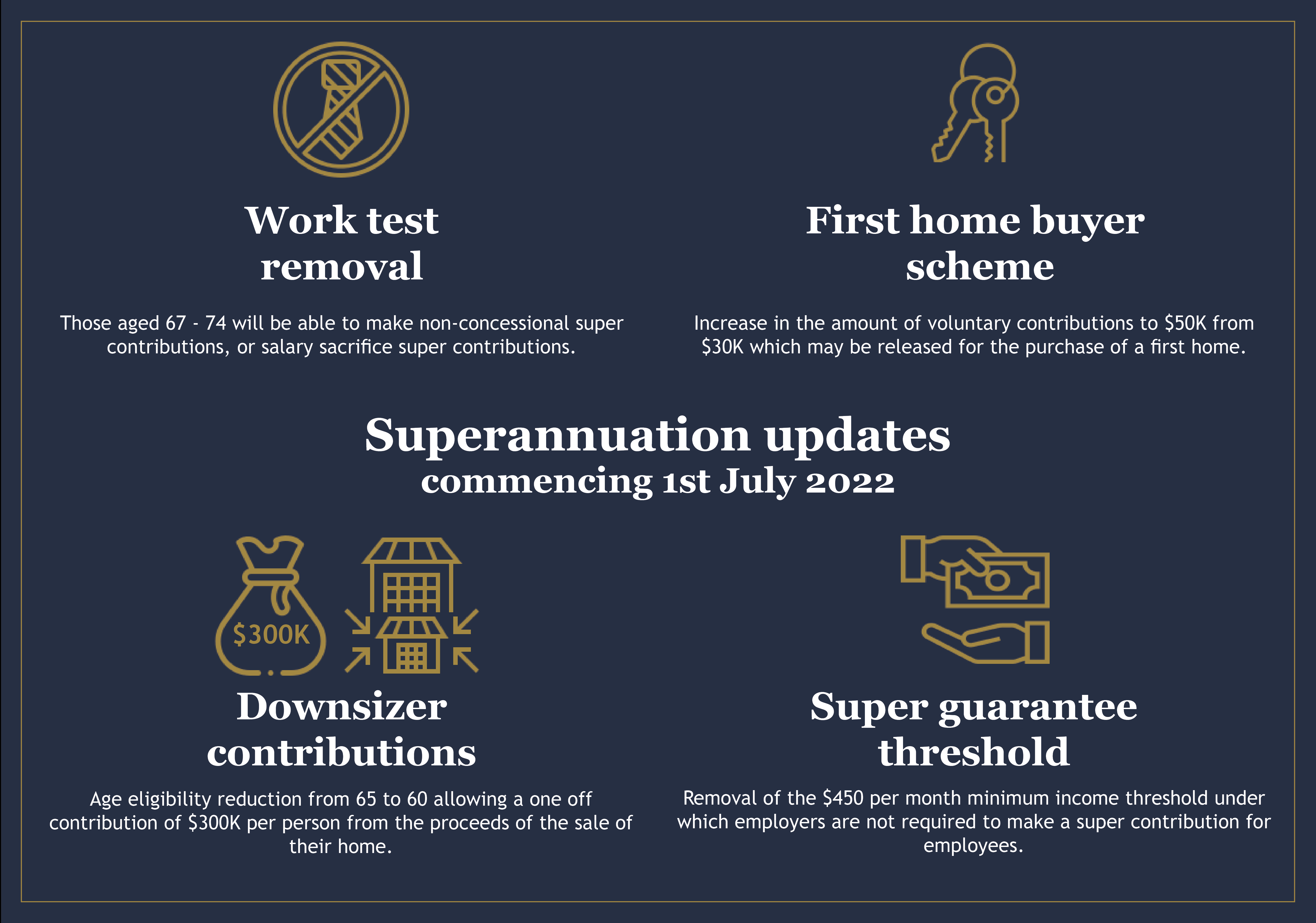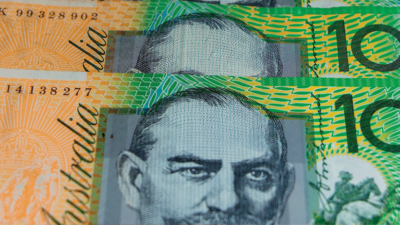
Why banning short selling is a bad idea
The experience of a nasty share market sell off can be made even more stressful for an investor who learns their beloved shares are being short sold by rapacious hedge funds and gun slinger traders. Not surprisingly, with many share markets around the world enduring their worst start to a calendar year for decades, suggestions to ban short selling have resurfaced again.
But research shows such bans are not only ineffective at stopping share price declines, they can even be counterproductive.
Short selling is where an investor sells shares that they don’t yet own, so it’s essentially the reverse of normal share trading. The reason they would do that is because they believe the share price is going to fall, and the profit they stand to make is the difference between the selling price and the price they buy the shares back at. So, if a share is sold at $15 and bought back at $10, the profit is $5, or 33 per cent.
The practice of short selling is often seen as predatory, and the traders who do it as no better than vultures. At the height of the GFC, short selling was banned on various international stock exchanges, including the US, UK and Australia, in an effort to improve market confidence and reduce volatility. ASIC eventually limited the ban to short selling financial stocks.
Then in response to the sharp stock market falls in March 2020, at least seven countries banned short selling again.
However, a number of studies carried out after the GFC to analyse the effectiveness of banning short selling concluded it had little effect on prices but did reduce market efficiency. For example, in 2011 the Federal Reserve Bank of New York concluded that “banning short selling does not appear to prevent stock prices from falling”, but instead “lowered market liquidity and increased trading costs”. The European Systematic Risk Board reached similar conclusions.
The increased trading costs were attributed to the buy-sell spreads on shares widening, in other words, investors paid higher prices to buy or received lower prices when selling. Other studies have found that being able to readily short sell is associated with markets that are more technically capable and boast higher turnover, which is generally seen as a proxy for better ‘liquidity’, that is, the ease with which investors can trade.
Indeed, in an interview at the end of 2008, when the then chairman of the US Securities Exchange Commission was asked about the success of their short selling ban, he said “knowing what we know now, I believe on balance the commission would not do it again.”
In a sophisticated stock market like Australia’s, short selling plays a critical role for many funds that hedge their risk. For example, a ‘market neutral’ fund aims to drastically reduce the volatility of its returns by pairing long positions against short positions and ‘long-short’ funds will use short selling to either protect investors’ capital and/or increase returns.
Funds like these can produce terrific results for their investors, which include mums and dads and SMSFs. For example, one of Australia’s leading long-short funds has a record, over the long-term, of not participating in market falls but capturing all of the market rises.
Because the ASX reports short selling on a stock by stock basis, it doesn’t reflect that most short selling has a corresponding long position paired with it. For example, a fund might buy BHP and hedge the position by selling RIO, not because they think RIO will necessarily go down, but simply that it will underperform BHP.
As for predatory short selling, that is very difficult in Australia because all short positions have to be ‘covered’, meaning the seller has to borrow shares from an existing holder, which incurs costs. So the risk of a hedge fund attacking a small cap company is greatly reduced because borrowing shares in small companies is much harder and more expensive.
Share prices eventually always reflect fundamentals. Successful short selling requires skill, just like successful long investing does. If an investor has the skill to identify that a company’s share price doesn’t match its fundamentals, then it makes sense they should be able to profit from that knowledge. And modern share markets do smart investors a disservice if they ban it.


